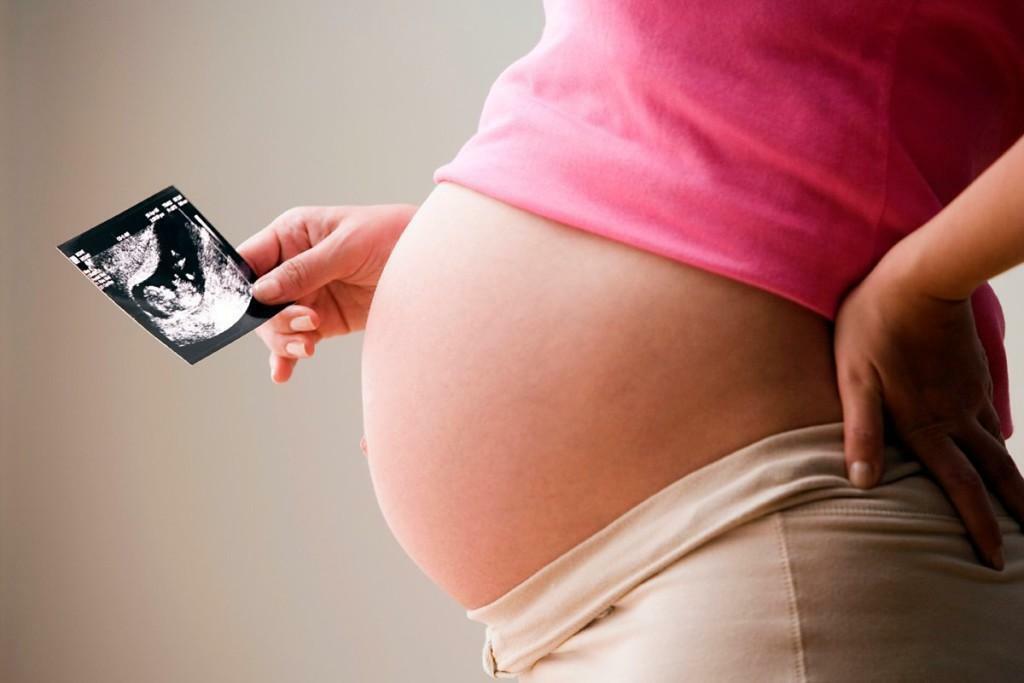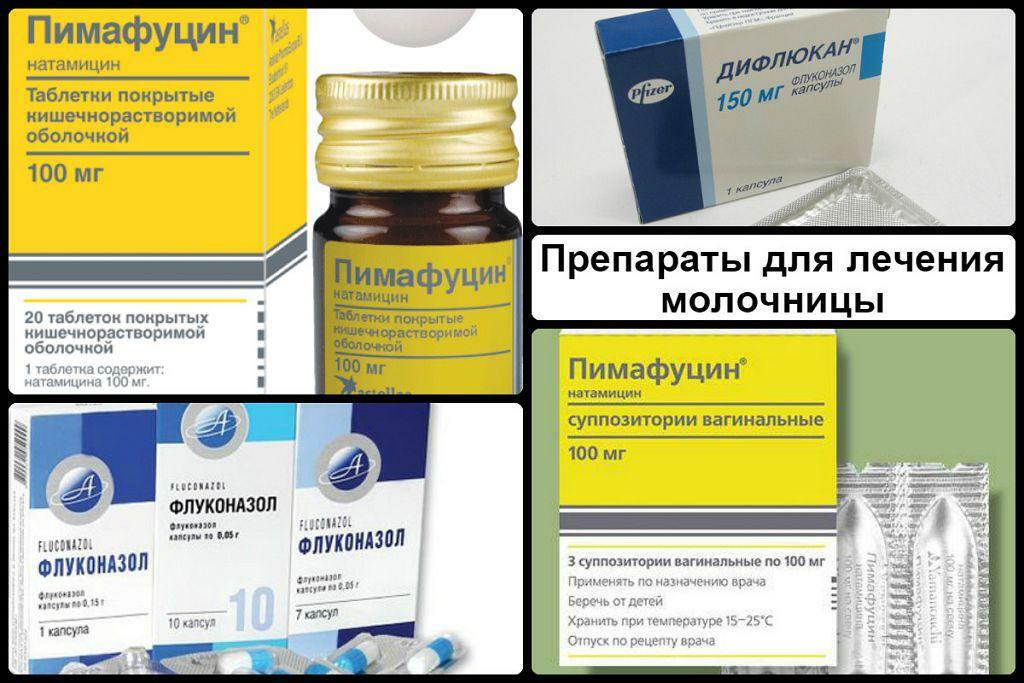Overview
measles is considered one of the most common infections in the world. Before the start of mass vaccination in the world were registered annually to 130 million cases, of which 7% died. Currently, the incidence decreased by 60-80 times. However, measles remains a major cause of infant mortality in developing countries. Susceptibility to the disease usually appears in children after six months. Prior to this period, the baby is protected by maternal antibodies. If the mother is not ill with measles, the baby can be infected in the first days of his life. Previously, this disease is considered the nursery, but the number of cases of infection among adults has increased significantly in recent years.
During gestation, measles is cause violations of fetal development.

Causes
Measles is caused by RNA virus Polinosa paramyxovirus family. He is very unstable outside the human body and dying from the lower insolation or heat. The source can be extremely sick man. Virus It extends with saliva, nasopharyngeal secret
or conjunctiva - fluids that may be released from sneezing, coughing or talking. A method of transmission - airborne. There are cases of the virus over long distances. Transmit the virus by contact is almost impossible due to the properties of the pathogen.Symptoms typical form of measles
Symptomatology measles cyclic and has 4 consecutive periods:
- incubation;
- catarrhal;
- during the eruption;
- the appearance of pigmentation.
the initial period
It lasts an average of 2 weeks. At this time, the patient no visible symptoms of measles, however, by 10-12 day it becomes contagious to others. It takes place during this period:
- Polinosa viral entry into the body through the mucous membranes of the upper respiratory tract and conjunctiva;
- propagation in epithelial cells and lymphoid tissue;
- virus reaching the blood stream;
- fixation in tissue macrophages and active play in them.
catarrhal period
The first symptoms of measles occur in catarrhal period, the duration of which can be 3-4 days. On the first day of the clinic is similar to a respiratory infection.
The patient has the following complaints:
- on nasal congestion, hoarseness, dry cough;
- to tearing and photophobia;
- violation of general condition, headache, lethargy;
- at elevated body temperature.
Over time, the symptoms of intoxication and inflammation in the mucous membranes of the respiratory tract are increasing. The use of fever-reducing drugs does not bring the effect of treatment and relief to the patient. On the third day of the period rashes appear on the oral mucosa. At the same time, you can find spots Filatov-Koplik. They can be seen on the inside of the cheeks near the molars. According to the characteristics of these spots:
- small size;
- red color with a whitish tinge;
- have an outer rim flushing;
- separately located;
- densely adherent to the mucosa;
- disappear during the eruption.
By the end of catarrhal manifestations observed normalization of temperature, however, intoxication symptoms are severe. The above changes in the mucous membranes are the result of viral replication in these locations and the action on it of cells of the immune system.
The period of eruption

By the 5th day of illness again observed temperature rise and strengthening the catarrhal symptoms. Against this background, the patient has a rash. Typically it gradually spread, starting from the head and neck. During this period, the patient concerned:
- expressed headaches;
- impaired consciousness, delirium is possible;
- vomiting;
- deterioration of the cardiovascular system;
- oliguria;
- Sometimes abdominal pain and disturbance of physiological functions.
Palpation determined increase in all groups of lymph nodes. Examination of the patient reveals typical features of rash:
- in the beginning it is a rash of small spots, which eventually joined papules;
- stains disappear when pressed;
- appear gradually, starting with the face and neck;
- stains disappear, too, starts with the head;
- in severe rash may be accompanied by skin hemorrhages.
pigmentation period is accompanied by temperature reduction, gradual normalization of the general condition of the patient. Its feature is the appearance of age spots on the site of the rash. They have a brownish tint due to the collapse of what is happening there erythrocytes. Surface blemishes shelled. Pigmentation period duration is 7-10 days.
Atypical measles symptoms and treatment
Atypical course of infection is far form:

- Mitigirovannuyu form It can be observed in cases of measles-specific immune protein fractions in contact with the virus. It passes with slight catarrhal symptoms, rash scant. Typical spots inside the cheeks can not be diagnosed.
- abortive form It characterized by the typical onset of the disease, however, during the eruption pattern of short spots regression. Neobilnye rash can be seen only on the front of the head and chest.
- hemorrhagic form risk of developing fatal. For its course is characterized by massive bleeding in the skin and in internal organs.
- at hypertoxic form patient diagnosed symptoms of severe intoxication, fever, progressive cardiac failure, impaired brain function.
Measles also classified according to severity.
Diagnostics
Definitive diagnosis in addition to complaints and characteristic clinical use:
- CBC, in which there is a significant reduction in the number of white blood cells;
- virological research methods that allow you to confirm the diagnosis in the early stages.
measles treatment

Uncomplicated measles can be treated at home. The following conditions are created for the patient:
- bed rest is provided;
- the room where the patient is located, should be well ventilated, humidified with the help of special devices or wet towels and open water containers;
- the patient must create a suitable light mode;
- it is important to good nutrition and drinking plenty of fluids.
used symptomatic therapy of the medicines:
- antipyretics;
- sedatives;
- vasoconstrictive drops or spray;
- expectorant agent.
Important ensure aseptic conditions and to prevent excessive growth of the bacterial flora. Causal treatment of measles does not exist. In uncomplicated forms disease therapy aimed to combat toxic manifestations and the inflammatory process that affects the respiratory tract mucous membranes and eyes. Development encephalitis therapy involves the following:
- antibiotics;
- anticonvulsants;
- vitamins;
- physiotherapy in the recovery period.
Using the measles immunoglobulin warranted in previously healthy and unvaccinated children in the first half of the incubation period.
complications
Measles It can cause a large number of complications. They are divided into:
- primary, caused by the action of the virus;
- secondary, associated with the action of bacterial flora.
the most severe primary complication of measles encephalitis is. The probability of its occurrence is small. Most often this complication occurs in children under the age of 5 years. Encephalitis It characterized by a high mortality due to lesions pyramidal, extrapyramidal, and cerebellar systems of the brain. In the case of a positive result in the child care can be maintained for a long time, residual effects:
- development of seizures;
- reduction of intellectual abilities;
- movement disorders.
Other possible complications are most common bacterial lesions:
- the respiratory system;
- kidney and bladder;
- the skin;
- vision and hearing.
prevention

Allocate 2 directions of preventive measures for measles:
- non-specific, which include early detection and isolation of patients;
- specific - the use of immunoglobulins in contact with the patient.
The only way to protect against measles It is vaccination. It is carried out in 2 stages:
- first vaccination of a baby during the period from 12 to 15 months of life;
- second - in 6 years.
The second administration allows to develop a stable pool of antibodies against measles. States that spread an infectious disease, it is recommended to perform the first injection at the age of 6 months for the protection of infants. To prevent the disease using a combined live vaccine, containing in its composition attenuated strains of pathogens measles, rubella and mumps.
Forecast
uncomplicated measles It has a favorable prognosis. Infection leaves no defects on the skin and ends in complete recovery. Severe atypical forms of a concern for the health and life of the patient, especially in the development of brain lesions.
Found a bug? Select it and press Ctrl + Enter



